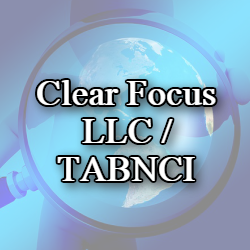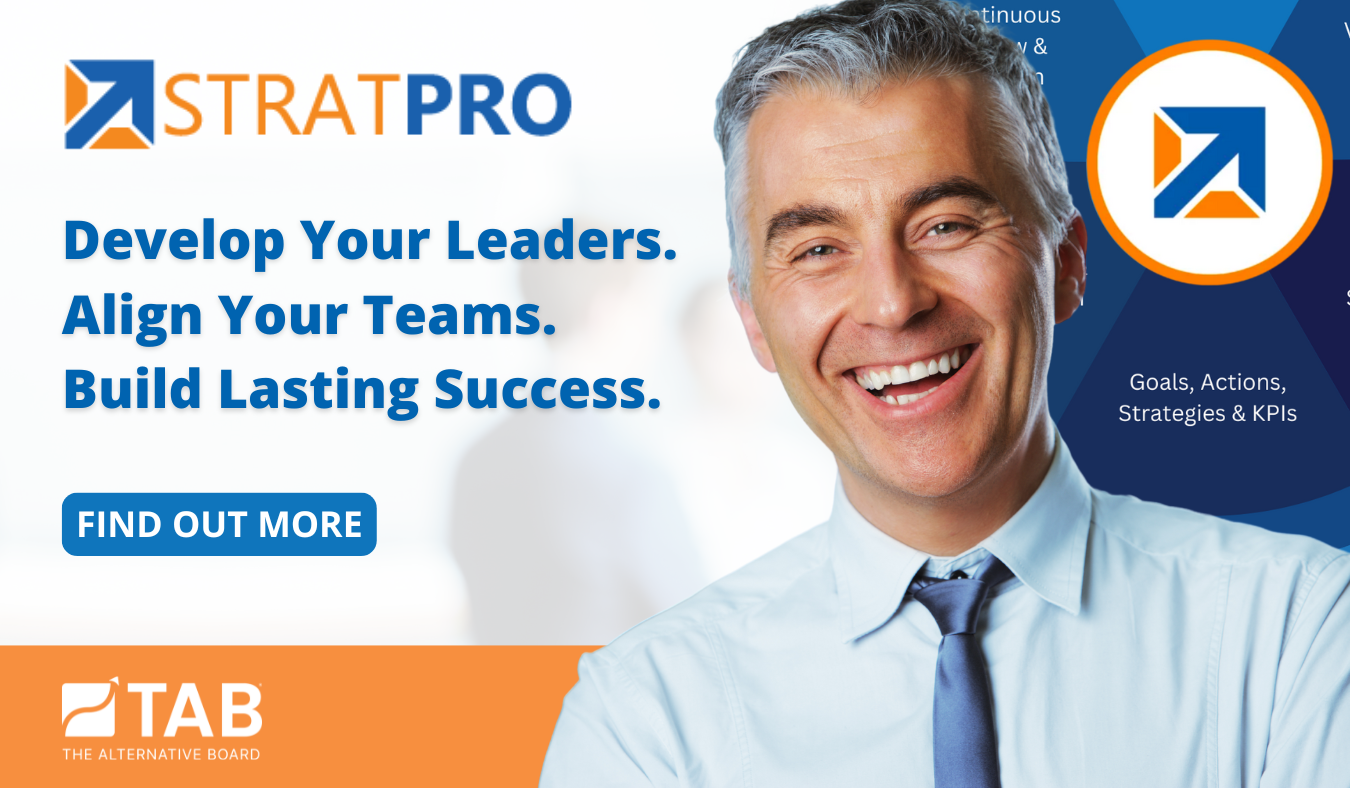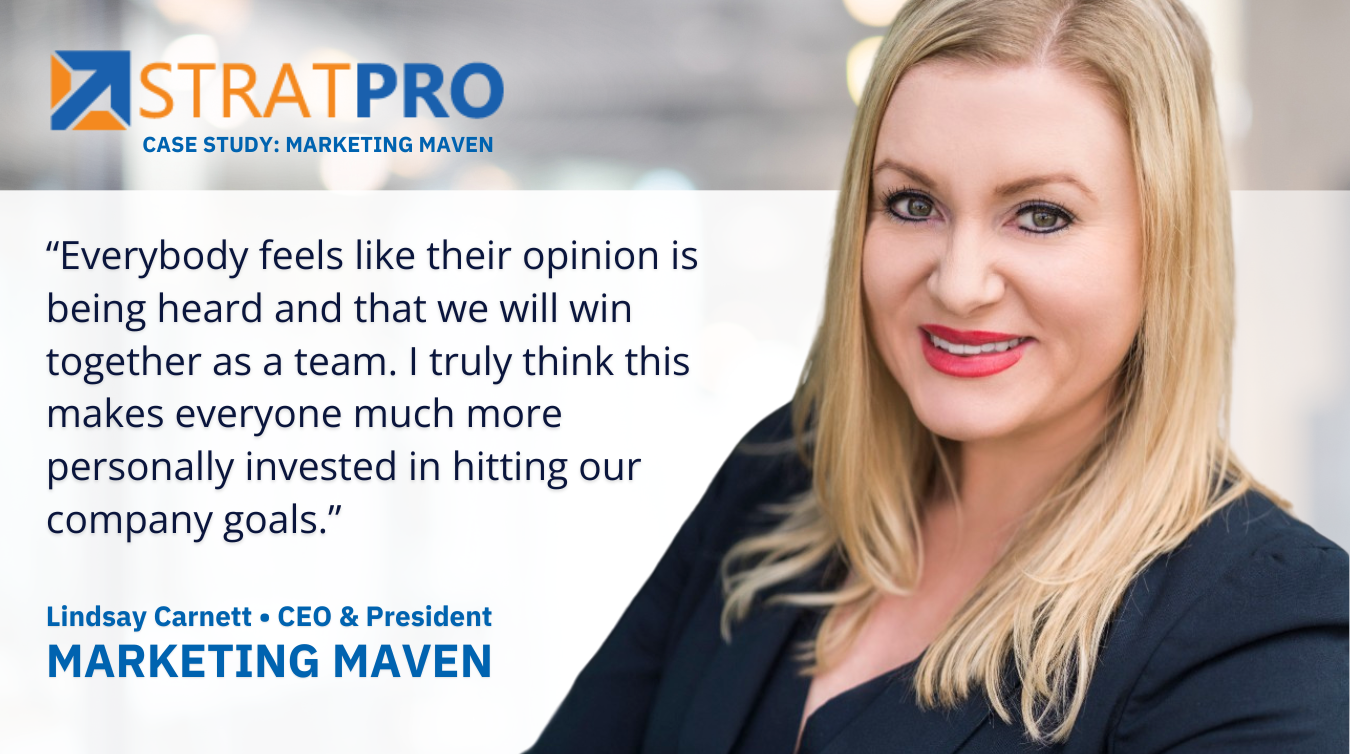uccession planning has traditionally been associated with retirement—but today, it’s much more than that. In a dynamic business environment, succession planning is a strategic imperative, not just a contingency for the end of a career.
Smart leaders and forward-thinking business owners use succession planning as a tool for growth, adaptability, and long-term success. Whether you’re preparing for a leadership change, exploring a merger or acquisition, or simply aiming to future-proof your organization, a well-designed succession strategy is essential.
Why Succession Planning Matters Now More Than Ever
According to recent research, over 50% of business owners plan to transition leadership or ownership within the next few years. But too often, those plans are reactive rather than strategic. Without preparation, transitions can disrupt operations, erode value, and cause internal confusion.
Succession planning isn’t just about who’s next—it’s about building a sustainable business model that thrives through change.
Modern Reasons to Prioritize Succession Planning
- Leadership transitions (not just retirements)
- Emerging growth opportunities that require new leadership skill sets
- Mergers and acquisitions or partnership opportunities
- Emergency preparedness for illness, resignation, or sudden departures
- Upskilling and retaining high-potential talent
Done right, a succession plan doesn’t just protect your business—it accelerates it.
Key Steps to Build a Strong Succession Strategy
- Be Objective and Honest
It’s natural to have emotional ties to a business you built—but clarity is key. Seek honest feedback from trusted advisors or external consultants. Assess your team, leadership pipeline, and business needs without bias.
Ask yourself:
- Where are our leadership gaps?
- What roles are business-critical if someone leaves tomorrow?
- Who is capable—and who needs development?
- Surround Yourself with Strategic Advisors
A great succession plan requires multiple perspectives. Collaborate with:
- Your attorney for legal structure and estate planning
- An accountant for tax and financial implications
- A business coach or consultant for strategic development
- Your banker or financial advisor to understand capital needs
Make sure these advisors understand your business model and long-term goals. Having the right team around you is just as important as having any team.
- Assess (Don’t Assume) Family Readiness
In family-run businesses, it’s common to consider relatives for succession—but emotion should never outweigh capability.
Ask:
- Are they actively engaged in the business?
- Do they have relevant experience and leadership qualities?
- Are they interested in taking over—or are you just assuming they are?
Offer family members development opportunities, but make clear that succession must serve the business, not just the bloodline.
- Document and Communicate the Plan
Once you’ve developed a roadmap, document it clearly and review it regularly. A succession plan isn’t a one-time effort—it’s a living document. Make sure your leadership team understands it and is aligned on next steps.
Revisit the plan annually, especially after key changes like promotions, growth phases, or shifts in company strategy.
Bottom Line: Succession Planning = Future-Proofing
Succession planning is no longer just a retirement checklist item—it’s a business strategy that ensures continuity, confidence, and competitiveness.
Whether you’re planning for a sale, grooming next-gen leaders, or preparing for the unexpected, having a proactive plan in place gives your business the agility it needs to succeed through change, not just after it.
Don’t wait for a crisis to start planning. Start today—and lead with foresight.
Gary Brunson
gary@myclearfocus.com
Debra Rider
debra@myclearfocus.com
574.361.2674
Sustainable Growth & Profit Consultant, Coach, Mentor, and Counselor/Therapist for Business Owners and Professionals.










